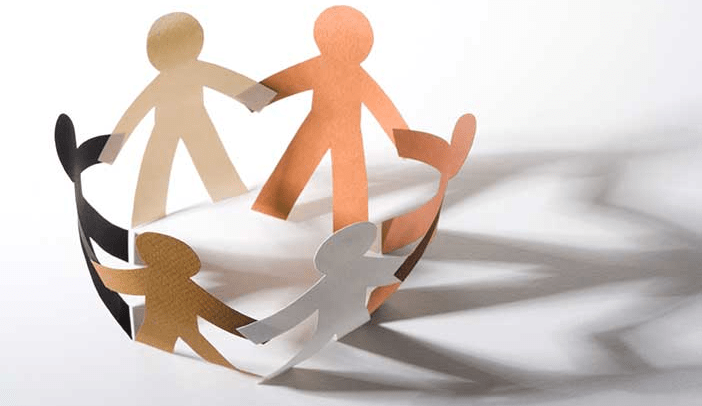PT CREW Celebrates National Hispanic Heritage Month

Each year, Americans observe National Hispanic Heritage Month from September 15 to October 15, by celebrating the histories, cultures and contributions of American citizens whose ancestors came from Spain, Mexico, the Caribbean and Central and South America. The observation started in 1968 as Hispanic Heritage Week under President Lyndon Johnson and was expanded by President Ronald Reagan in 1988 to cover a 30-day period. It was enacted into law on August 17, 1988, on the approval of Public Law 100-402.
September 15 is a day of significance because it is the anniversary of independence for Latin American countries Costa Rica, El Salvador, Guatemala, Honduras and Nicaragua. In addition, Mexico and Chile celebrate their independence days on September 16 and September 18, respectively.
Top 8 Reasons Why and How We Celebrate Hispanic Heritage Month
Why do we celebrate the Hispanic community in the United States?
According to the U.S. Census Bureau, there are 56.6 million Hispanics in the United States or 17.6 percent of the country’s population as of July 2015. Hispanics or Latinos have contributed to American life since the American Revolution, fighting in every war since then. Latinos today continue to advance communities across the country as small business owners, veterans, teachers and public servants, among many other professions. Hispanic Heritage Month allows us to recognize their achievements and contributions to our national story.
What were the beginnings of Hispanic Heritage Month?
Originally, Hispanic Heritage Month was Hispanic Heritage Week, started in 1968 under President Johnson. In 1988, President Reagan enacted a public law to celebrate a 30-day Hispanic Heritage Month, starting on September 15, the independence day of five Central American countries. Within the month, other Latin American countries celebrate their independence as well.
Have you heard the common quote “We did not cross the border, the border crossed us”?
Because of the Mexican-American and Spanish-American wars, two treaties were put in place (The Treaty of Guadalupe Hidalgo and the Treaty of Paris, respectively) that gave the United States territories in the Southwest and Puerto Rico, incorporating the peoples of this area into the United States.
Did you know that in America today, one in four children is Hispanic?
Sandra Cisneros writes about a young girl, Esperanza, in her classic coming-of-age story, The House on Mango Street. Used in classrooms across America, the novel is about growing up Latina in Chicago and the importance of family and traditions.
Did you know that food is a common language and brings us together?
Ezequiel Moreno started a Mexican bakery and restaurant out of his home in 1918, moving to La Plaza in the heart of Los Angeles in 1920. He named his bakery La Esperanza, meaning hope. Until the 1970s, their bread, coffee, Mexican dishes, and “American-style” lunches brought all kinds of people together, from Mexican immigrants, to downtown employees, to even Hollywood movie stars.
Did you know that baseball played a role in Latino community building?
Latino community baseball leagues across the United States provided a place for people to build relationships, organize and engage with younger community members. At the Major League level, Roberto Clemente, player for the Pittsburgh Pirates, was a Hispanic civil rights activist and a close collaborator with Rev. Martin Luther King, Jr.
Did you know that Latin Jazz is a combination of African-American and Latin rhythms first mixed together in the 1940s?
Jazz legend Dizzy Gillespie and Cuban percussionist Chano Pozo first collaborated to create Afro-Cuban rhythms and jazz. New York’s Palladium Ballroom became the hub of Latin jazz with greats such as Tito Puente, Machito and his Afro-Cubans, and Tito Rodriguez, among others.
Did you know that contrary to popular belief, Day of the Dead is not Halloween?
Celebrated on November 1 and 2, Day of the Dead remembers family and community members who have passed. Originally from Meso-America but now celebrated in Latino communities across the United States, the commemoration combines indigenous and Catholic rituals.
Source: Smithsonian Learning Lab, August 3, 2023